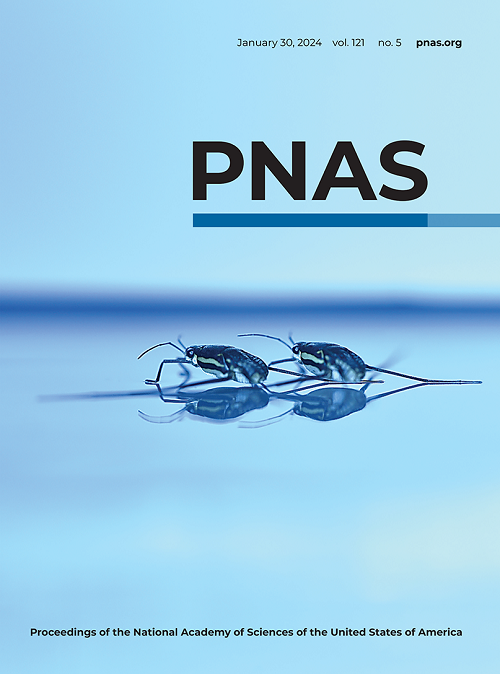Pulse timing dominates binaural hearing with cochlear implants.
IF 9.4
1区 综合性期刊
Q1 MULTIDISCIPLINARY SCIENCES
Proceedings of the National Academy of Sciences of the United States of America
Pub Date : 2025-04-17
DOI:10.1073/pnas.2416697122
引用次数: 0
Abstract
Although cochlear implants (CIs) provide valuable auditory information to more than one million profoundly deaf patients, these devices remain inadequate in conveying fine timing cues. Early deaf patients in particular struggle to use interaural time differences (ITDs) for spatial hearing and auditory scene analysis. Why CI patients experience these limitations remains controversial. One possible explanation, which we investigate here, is that the stimulation by clinical CIs is inappropriate, as it encodes temporal features of sounds only in the envelope of electrical pulse trains, not the pulse timing. We have recently demonstrated that early deaf, adult implanted rats fitted with bilateral CIs that deliver carefully timed pulses routinely develop sensitivity to very small ITDs. Here we show that, while the early deafened mammalian auditory pathway can innately easily resolve pulse timing ITDs as small as 80 µs, it is many times less sensitive to the ITDs of pulse train envelopes. Our results indicate that the stimulation strategies in current clinical use do not present ITD cues in a manner that the inexperienced auditory pathway is highly sensitive to. This may deprive early deaf CI patients of the opportunity to hone their submillisecond temporal processing skills as they learn to hear through their prosthetic devices.求助全文
约1分钟内获得全文
求助全文
来源期刊
CiteScore
19.00
自引率
0.90%
发文量
3575
审稿时长
2.5 months
期刊介绍:
The Proceedings of the National Academy of Sciences (PNAS), a peer-reviewed journal of the National Academy of Sciences (NAS), serves as an authoritative source for high-impact, original research across the biological, physical, and social sciences. With a global scope, the journal welcomes submissions from researchers worldwide, making it an inclusive platform for advancing scientific knowledge.

 求助内容:
求助内容: 应助结果提醒方式:
应助结果提醒方式:


